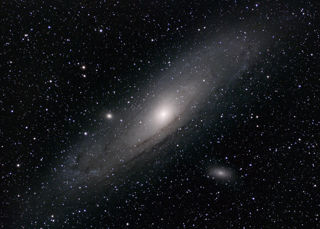
Ganymede Scale Model
Ganymede Scale Model
Scale model of Jupiter’s moon Ganymede. It is a 1:7,000,000 scale model, based on an estimate of Ganymede’s diameter to be 5,268 kilometres. Ganymede was first discovered by Italian astronomer Galileo Galilei and is one of Jupiter's four largest moons. Named after their discoverer, the Galilean moons consist of Ganymede, Callisto, Io and Europa in descending size order.Ganymede is the largest of Jupiter's moons and is also the largest moon in the Solar System - larger even than the planet Mercury. It has a metallic iron core covered in a rocky shell, on top of which is a thick layer of ice. Studies of Ganymede done with the Hubble Space Telescope in 2015 suggest that the giant moon also has a subsurface salt-water ocean, containing more liquid water than is found on Earth.
Like all of the Galilean moons, Ganymede is named after a lover of Zeus - Zeus being the Greek equivalent of the Roman god Jupiter. Johannes Kepler suggested the naming system to Simon Marius who published the four names in his Mundus Jovialis, published in 1614. Marius had discovered the four moons around the same time as, and independently of, Galileo. It took until the twentieth century for these mythologically themed names to be widely adopted, with many other alternatives offered over the years - including Galileo's own suggestions.
All images:
-
![Ganymede Scale Model]()
Ganymede Scale Model -
![Ganymede Scale Model]()
Ganymede Scale Model -
![Ganymede Scale Model]()
Ganymede Scale Model -
![Ganymede Scale Model]()
Ganymede Scale Model -
![The Galileo Manuscript - Draft of a letter to Leonardo Donato, Doge of Venice, August 1609, and Notes on the Moons of Jupiter, January 1610. At the bottom of the letter diagrams drawn by Galileo record the position of Jupiter's moons - Credit: Regents of the University of Michigan]()
The Galileo Manuscript - Draft of a letter to Leonardo Donato, Doge of Venice, August 1609, and Notes on the Moons of Jupiter, January 1610. At the bottom of the letter diagrams drawn by Galileo record the position of Jupiter's moons - Credit: Regents of the University of Michigan -
![This natural colour view of Ganymede was produced by the Galileo spacecraft in 1996 - Credit: NASA/JPL]()
This natural colour view of Ganymede was produced by the Galileo spacecraft in 1996 - Credit: NASA/JPL -
![A mocked up image showing Jupiter with its Galilean moons. From top to bottom, Io, Europa, Ganymede and Callisto - Credit: NASA/JPL/DLR]()
A mocked up image showing Jupiter with its Galilean moons. From top to bottom, Io, Europa, Ganymede and Callisto - Credit: NASA/JPL/DLR -
![Scale model of Jupiter's moon Ganymede, alongside the other three Galilean moon models]()
Scale model of Jupiter's moon Ganymede, alongside the other three Galilean moon models
More information
Object number
2001-13
Location
Our Solar System Gallery
Has this object been into space?
No
Dimension - Dimension, Value, Measurement unit
Diameter: 75.4cm
Object Production Date
2001
Object Production Organisation
P & P Projects
Object Production Place
Netherlands
On Display Status
On display
Copyright and Photos
Photography is shared via the license below.
However, some objects on this website are on loan to the National Space Centre and are being shared through the permission of their owners.
Commercial use of images from this website is not allowed without additional permissions being granted. To request permission to use images for purposes not covered in the license below, please contact [email protected]
Individual objects on loan to the National Space Centre may have additional copyright permissions, so advice should always be sought before use.
![]()
This work is licensed under a Creative Commons Attribution-NonCommercial 4.0 International License.









